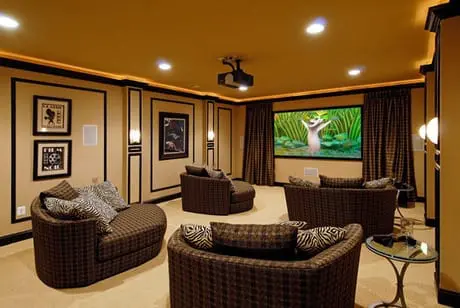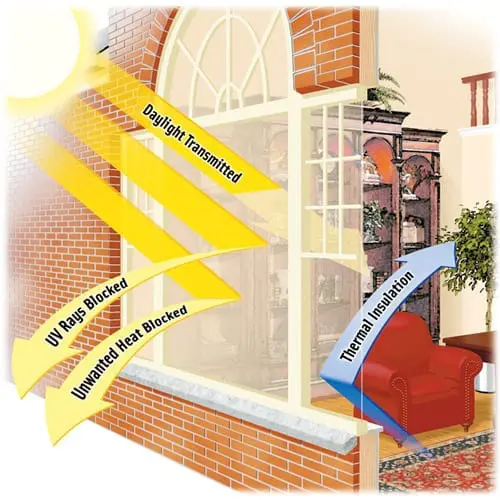
There are two types of people in the world: those who love movies, and those who lie about loving movies. Okay, maybe that’s an exaggeration. There are folks in this world who don’t enjoy hunkering in their homes and watching a good movie as much as the rest of us. But if the high sale figures of home theater products is any indication, those people are few and far between.
These days, state of the art gadgetry makes it possible to have the next best thing to an in-theater experience in the comfort of your own homes. Some say it’s an even better experience, if you consider the fact you don’t have to deal with strangers who go to the movies to have hour-long conversations on their cell phones. These facts are not lost on today’s home builders, who are increasingly coming up with new home designs that cater to every detail of the movie lover’s dream come true.
Expanded Wall Space
Just because most home theater designs will probably incorporate the use of a flat panel television doesn’t mean that you’ll need any less space. You might even need more, considering how affordable big screen TV’s are becoming. A contractor designing a house that’s home-theater-enabled will know to take this into consideration, offering ample wall space to accommodate screens of many sizes.
Wired for Sound
What’s a home theater without surround sound? If you gathered up a group of hardcore cinefiles and asked them that question, you’d likely hear a resounding “Nothing!” — and they’d be absolutely right. For this reason, builders are often installing wall mounted speaker system with in-wall wiring at precise points to allow full realization of surround sound. If not, they are designing rooms that offer maximum acoustics to anticipate future high quality sound systems.
Other Sound Considerations
But it’s not all about the tech: without proper attention to construction requirements and finding the right location within your house, your home theater might not live up to expectations. A home builder is well aware of this, and will often plan the theater within an area of the house that’ll receive minimum sound disturbance — from both inside and outside.
Dim the Lights and Take a Seat
In order to be truly effective, a home theater should have no windows and should have limited exposure to adjacent rooms where sunlight could creep in and ruin an otherwise perfect viewing experience. This is often a near impossible task for homeowners who want to convert a room in an existing home into the ultimate home theater.
Seating presents another challenge: an existing room may be too small for ample seating. While few builders will go to the length of installing actual seating, many design rooms in a way that will facilitate any number of different seating options.
If you want your home theater to be a big part of your life, buying a new home gives you a far greater range of options than what you’d be able to accomplish by converting an existing room on your own.
 Double & Triple Pane Windows Save You Money Annually
Double & Triple Pane Windows Save You Money Annually